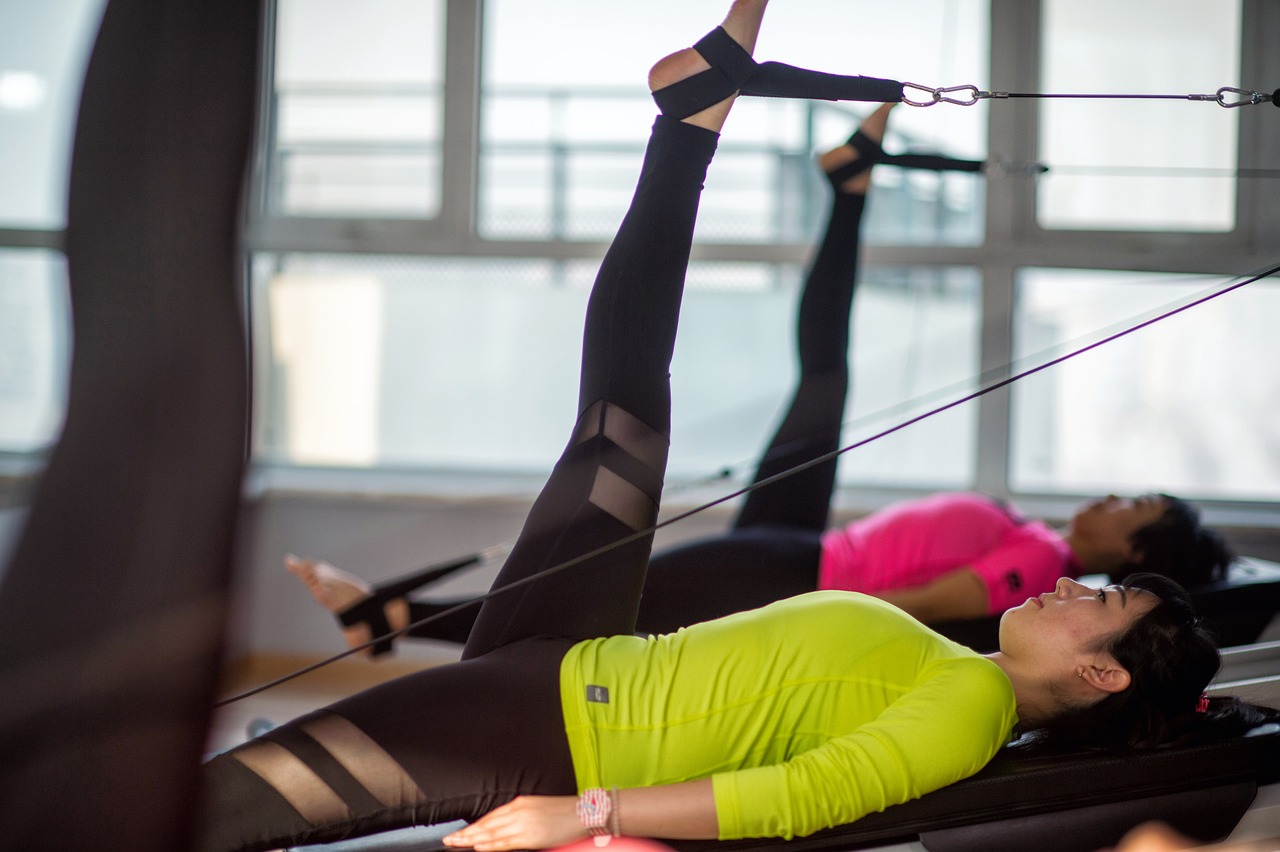
Pilates is a type of exercise that focuses on building core strength, improving flexibility, and developing better posture. It was developed in the early 20th century by Joseph Pilates as a way to help injured dancers and soldiers recover from their injuries. Since then, Pilates has become increasingly popular as a form of rehabilitation and pain relief for people with a wide range of injuries and conditions.
One of the main benefits of Pilates for rehabilitation is that it is a low-impact form of exercise. As a result, it’s far more gentle on the joints and muscles. It’s an excellent exercise for people who are recovering from injuries or surgeries. Pilates can help to improve range of motion, build strength and flexibility, and improve overall physical function.
Managing Chronic Pain with Pilates
For people with chronic pain conditions, Pilates can be a valuable tool for managing pain. By building core strength and improving posture, Pilates can help to alleviate back pain, neck pain, and other types of musculoskeletal pain. Pilates can also help to reduce stress and anxiety, which can be contributing factors to chronic pain.
Why Does Pilates Help With Pain?
There are several key principles that make Pilates an effective form of rehabilitation and pain relief. These principles include:
Breathing: In Pilates, breathing is an important component of each movement. Proper breathing can help to reduce stress and tension, and can also help to improve core strength.
Centering: Pilates emphasizes the importance of the core muscles, which are sometimes referred to as the “powerhouse” of the body. By building strength in the core muscles, Pilates can help to improve overall physical function.
Concentration: In Pilates, each movement is performed with a high level of concentration and focus. This can help to improve mind-body connection and can also help to reduce stress and anxiety.
Control: Pilates emphasizes the importance of controlled, precise movements. By performing movements with control, Pilates can help to improve overall physical function and can also help to reduce the risk of further injury.
Precision: Pilates movements are performed with a high level of precision and attention to detail. This can help to improve muscle activation and can also help to reduce the risk of injury.
Flow: In Pilates, movements are performed in a flowing, rhythmic manner. This can help to improve circulation and can also help to reduce stress and tension.
Best Pilates Exercises for Pain Relief
There are several specific Pilates exercises that are particularly effective for rehabilitation and pain relief. These include:
The Hundred: This exercise involves lying on your back with your knees bent and your arms extended. You then lift your head and shoulders off the ground and pump your arms up and down, inhaling for five counts and exhaling for five counts.
The Roll-Up: This exercise involves lying on your back with your arms extended overhead. You then roll up one vertebra at a time until you are sitting up straight, and then roll back down in the same controlled manner.
The Swan: This exercise involves lying on your stomach with your hands under your shoulders. You then lift your chest and head off the ground, using your back muscles to control the movement.
The Side Plank: This exercise involves lying on your side with your forearm on the ground and your body in a straight line. You then lift your hips off the ground, using your core muscles to control the movement.
Overall, Pilates is an excellent form of rehabilitation and pain relief for people with a wide range of injuries and conditions. By focusing on core strength, flexibility, and posture, Pilates can help to improve physical function, reduce pain, and enhance overall quality of life.
